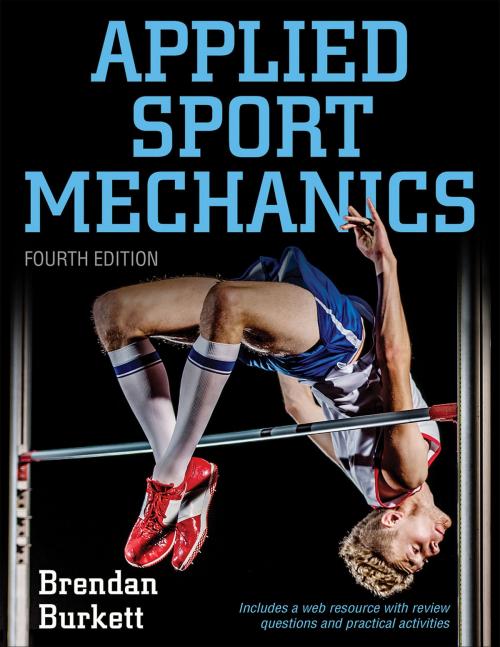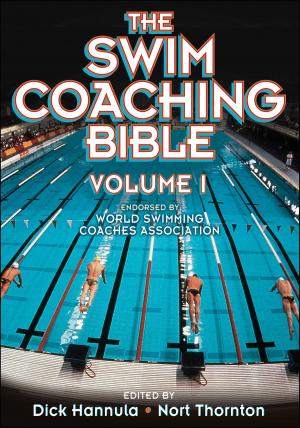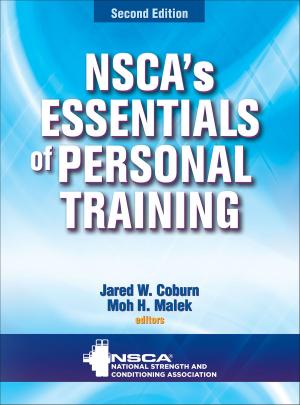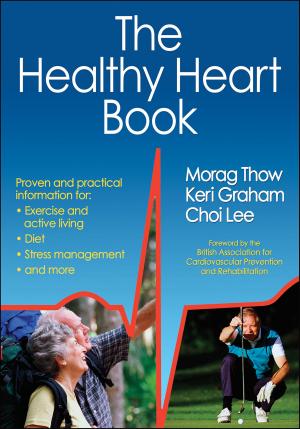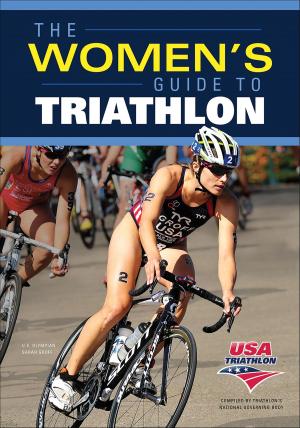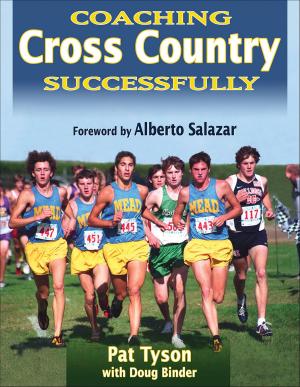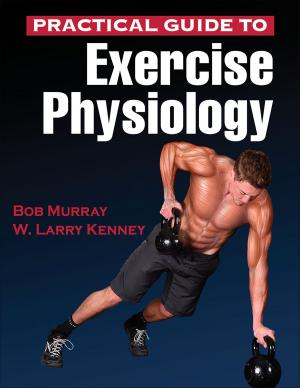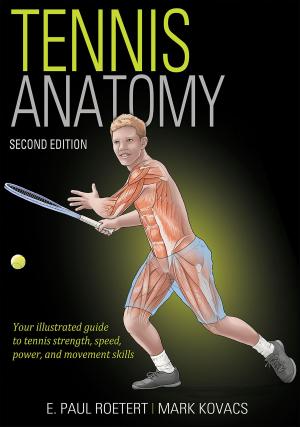Applied Sport Mechanics
Nonfiction, Health & Well Being, Medical, Medical Science, Physiology, Science & Nature, Science, Biological Sciences, Human Physiology| Author: | Brendan Burkett | ISBN: | 9781492588658 |
| Publisher: | Human Kinetics, Inc. | Publication: | November 7, 2018 |
| Imprint: | Human Kinetics, Inc. | Language: | English |
| Author: | Brendan Burkett |
| ISBN: | 9781492588658 |
| Publisher: | Human Kinetics, Inc. |
| Publication: | November 7, 2018 |
| Imprint: | Human Kinetics, Inc. |
| Language: | English |
Applied Sport Mechanics, Fourth Edition With Web Study Guide, helps undergraduate students understand how the fundamental laws of human movement affect athletes’ performances. Foundational principles of kinetics, kinematics, and sports technique are clearly presented and then explored through a variety of applied scenarios.
What’s New
This latest edition builds on the success of the previous editions (formerly titled Sport Mechanics for Coaches), and offers much new material:
• A web study guide with new chapter review questions and practical activities that help students learn and apply complex theories to real-life situations
• An array of updated pedagogical aids, including a glossary and chapter objectives to reinforce learning
• A full-color design for more engaging visual aids
• Reorganized content into two parts and 13 chapters to more readily fit the topics into a typical semester course structure
• Expanded sidebars that apply concepts directly to sport
To make the text applicable for teaching, it also includes a full ancillary package including an instructor guide with a sample syllabus, suggested learning activities, and lecture aids; a test package approximately 20 questions per chapter; and a presentation package plus image bank with ready-made presentations that instructors can use as is or modify to suit their needs.
Content Organization
Part I, which houses the first 10 chapters or 10 weeks, focuses on the fundamentals of sport mechanics. Major topics covered include the anatomy and fundamentals of sport mechanics, linear motion and linear kinetics in sport, angular motion and angular kinetics in sport, stability and instability, sport kinetics, and moving through fluids.
Part II, which contains the final three chapters, helps students apply the information they learned in part I. Chapters 11 and 12 explain how to observe and analyze an athlete’s technique and how to correct errors. Students learn how to break a skill into phases and what to look for in each phase. They also learn the mechanical principles that will help them correct the errors. Chapter 13 explores mechanics in a range of sport skills and techniques, including sprinting, jumping, swimming, lifting, throwing, and kicking. Students learn that technique and mechanics are inseparable.
The chapters also contain two helpful types of sidebars: At a Glance sidebars summarize difficult content with bulleted lists, and Application to Sport sidebars bring concepts to life, showing how they work in sport.
Go-To Resource
This fourth edition of Applied Sport Mechanics is a highly practical text, destined to be the go-to biomechanics and sport mechanics resource for instructors and professionals alike in kinesiology and sport related fields.
Applied Sport Mechanics, Fourth Edition With Web Study Guide, helps undergraduate students understand how the fundamental laws of human movement affect athletes’ performances. Foundational principles of kinetics, kinematics, and sports technique are clearly presented and then explored through a variety of applied scenarios.
What’s New
This latest edition builds on the success of the previous editions (formerly titled Sport Mechanics for Coaches), and offers much new material:
• A web study guide with new chapter review questions and practical activities that help students learn and apply complex theories to real-life situations
• An array of updated pedagogical aids, including a glossary and chapter objectives to reinforce learning
• A full-color design for more engaging visual aids
• Reorganized content into two parts and 13 chapters to more readily fit the topics into a typical semester course structure
• Expanded sidebars that apply concepts directly to sport
To make the text applicable for teaching, it also includes a full ancillary package including an instructor guide with a sample syllabus, suggested learning activities, and lecture aids; a test package approximately 20 questions per chapter; and a presentation package plus image bank with ready-made presentations that instructors can use as is or modify to suit their needs.
Content Organization
Part I, which houses the first 10 chapters or 10 weeks, focuses on the fundamentals of sport mechanics. Major topics covered include the anatomy and fundamentals of sport mechanics, linear motion and linear kinetics in sport, angular motion and angular kinetics in sport, stability and instability, sport kinetics, and moving through fluids.
Part II, which contains the final three chapters, helps students apply the information they learned in part I. Chapters 11 and 12 explain how to observe and analyze an athlete’s technique and how to correct errors. Students learn how to break a skill into phases and what to look for in each phase. They also learn the mechanical principles that will help them correct the errors. Chapter 13 explores mechanics in a range of sport skills and techniques, including sprinting, jumping, swimming, lifting, throwing, and kicking. Students learn that technique and mechanics are inseparable.
The chapters also contain two helpful types of sidebars: At a Glance sidebars summarize difficult content with bulleted lists, and Application to Sport sidebars bring concepts to life, showing how they work in sport.
Go-To Resource
This fourth edition of Applied Sport Mechanics is a highly practical text, destined to be the go-to biomechanics and sport mechanics resource for instructors and professionals alike in kinesiology and sport related fields.
